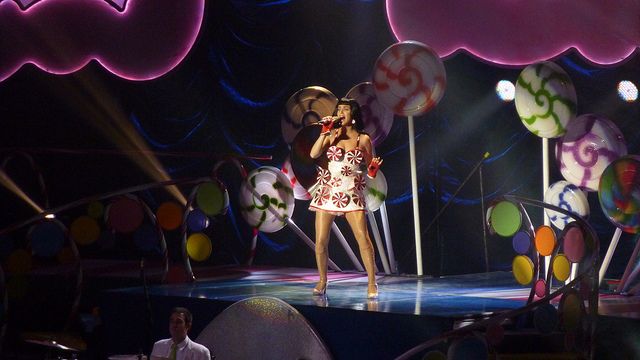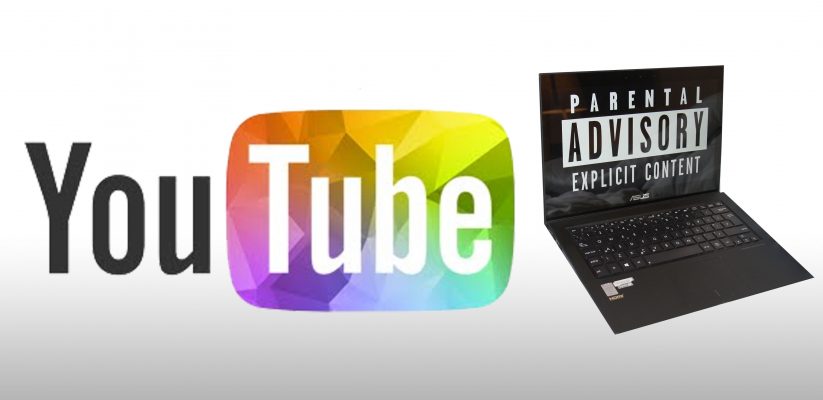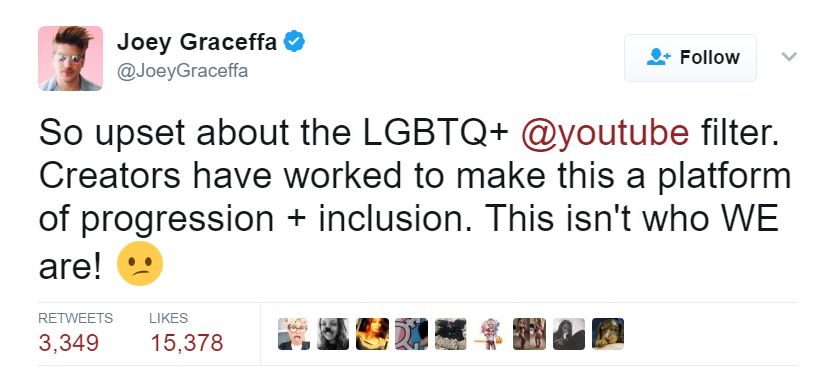YouTube has been criticised for a number of issues in the past few weeks, resulting in public apologies from the video sharing platform, as well as loss of revenue.
LGBTQ+ censorship
The introduction of the new feature “Restricted Mode”, which censors content regarded as “more mature” from the platform, caused offence in YouTube’s LGBTQ+ community, because the setting was inadvertently filtering a large proportion of LGBTQ+ videos.
The reaction from LGBTQ+ YouTubers
YouTubers Saskia and Lily said in an interview via Skype “we kind of need that representation because it’s not like we have it on mainstream TV. It’s kind of saying it’s not appropriate, and maybe it’s something to be hidden or ashamed of… if you’re quite young and impressionable, and maybe insecure about your identity, it’s just sending a bad message…”
Joey Graceffa was another YouTuber to comment. In a video, he said: “I think it’s important for kids to be exposed to learning about what being gay, or trans, or the whole spectrum (is like).” He said in a tweet:
Source: @JoeyGraceffa (Twitter).
Is it going to be fixed?
In a statement addressing the issue, YouTube said: “…this feature isn’t working the way it should. We’re sorry and we’re going to fix it.” The company have not given a time frame as to when the issue may be fixed, but also said LGBTQ+ voices on the platform are “a key part of what YouTube is all about.”
Extremist material
Google, who own YouTube, were recently summoned to the Cabinet Office after governmental advertising was being placed next to extremist material.

Source: Expertinfantry (Flickr Creative Commons).
The government have now stopped advertising on YouTube, along with many companies such as Pepsi, the BBC and O2, who also are concerned about their brands being associated with controversial material on the website. Havas is the sixth largest advertising company in the world, and has removed all of its clients’ advertisements. Google said in a recent post:
“In a very small percentage of cases, ads appear against content that violates our monetization policies. We promptly remove the ads in those instances, but we know we can and must do more.”
Are they paying musicians enough?

Source: Feliperivera (Flickr Creative Commons).
Music streaming on YouTube accounts for up to a third of its viewership, according to some reports, but the Recording Industry Association of America, who represent recording artists in the US, have recently claimed that YouTube “wrongly exploits legal loopholes” to pay artists less than Spotify and Apple Music. Spotify pay artists a minimum of $0.0025 per stream, whereas YouTube pay an average of less than $0.002, according to data from record labels.
YouTube has not responded officially, but the Head of International Music at YouTube, Christophe Muller, said in The Guardian in 2016:
“No other platform gives as much money back to creators… while there may occasionally be discord, history shows that when we work together, we can create beautiful harmonies.”

